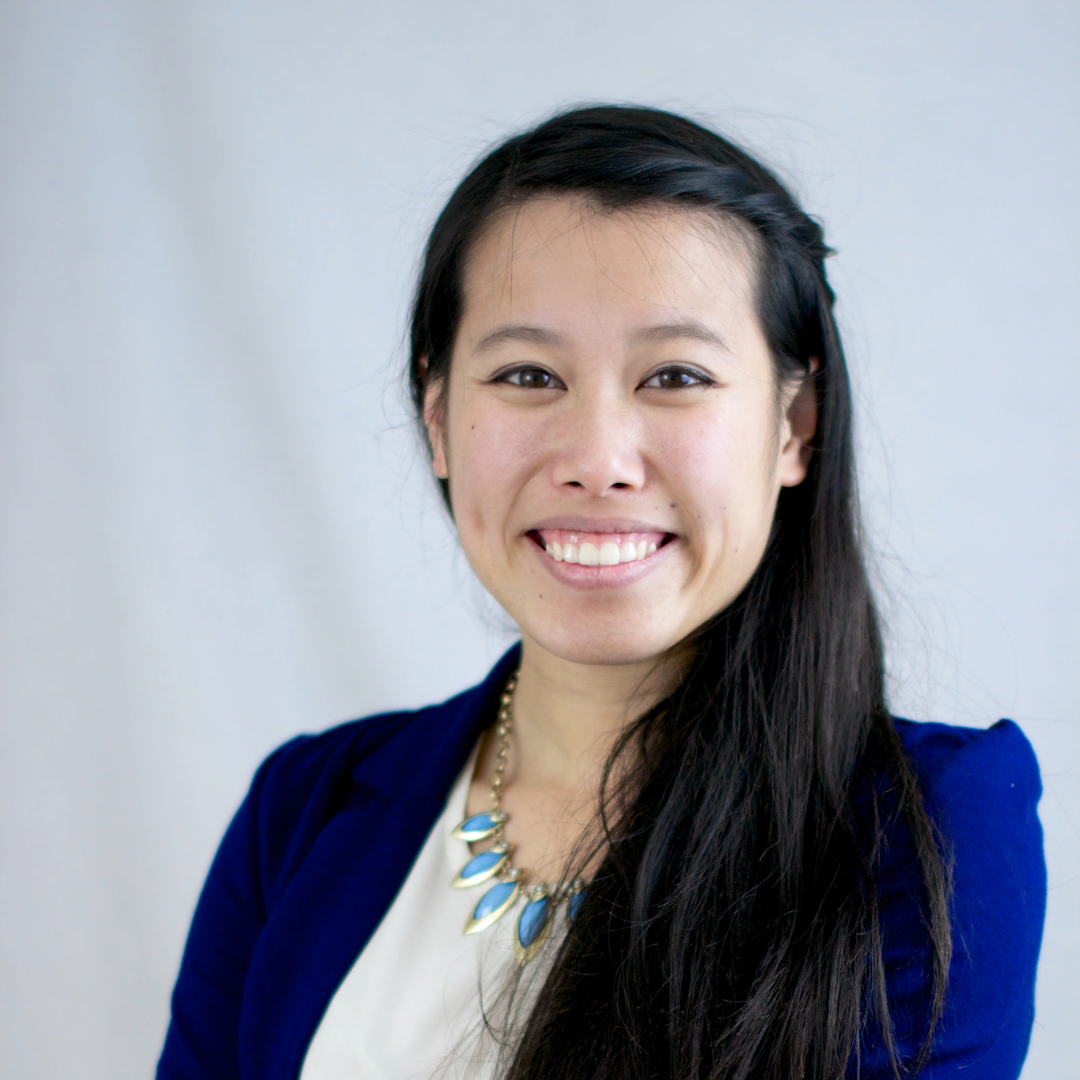Jaimie Huynh
Class of 2016

Current Role:
Environmental Justice Scientific Advisor
CalEPA
What was your education and background in before you completed the CSP program?
I received a bachelors from UCSD in Environmental Systems - Policymaking.
Why did you decide to apply to the CSP program?
During my various internships in undergrad, I noticed the need for people who understood science to be in policymaking roles. I also recognized my skillset in being more of a generalist than a specialist. My interests in climate issues were vast and I saw how unique the CSP program was (and is!) to help me learn and think holistically.
What has your career path looked like following the program?
The first couple of years were mostly filled with me trying to figure out how I could find a job that would satisfy my want to dabble in a little bit of everything. I was an oceanography staff scientist for a short period of time and realized solely focusing on gathering data wasn't what I wanted. I became a California Sea Grant Fellow and was matched with the State Lands Commission, where I got to work in majority ocean policy. This started my path in government work -- there's so much work to do, a high need for people who understand and are passionate about science and policymaking, and an amazing workforce that's driven to address climate change. My first "big girl job" was with CalRecycle, an agency that regulates solid waste and is helping California transition to a fully circular economy. My work was mainly focused on environmental justice -- I worked with communities of color throughout California to find ways to reduce pollution and address other environmental issues. As a person of color myself, this job helped me see a space for myself. A space where I can do science, impact policy at a statewide level, and help address the burdens of our most impacted and underserved communities. This led me to be an Environmental Justice Scientific Advisor at the California Environmental Protection Agency today. I get the privilege to work with communities and tribes throughout the state to address air quality, pesticides, water quality, solid waste, and hazardous waste. The work is never boring and I'm grateful I get to be in the position that I am in today.
Can you tell us about a project at work that’s meant a lot to you?
I worked with an amazing group of government staff that produced a StoryMap called Pollution and Prejudice. The project highlights the connections between historic redlining, modern day pollution, and how a historic policy shaped the overburdened and underserved communities we see today. Data and storytelling are incredibly strong tools for education and monitoring of progress. The tool has been highlighted at a national level, referenced in a legislative bill, and other agencies have done additional research into historic policies and their effects on communities of color. As the California Environmental Protection Agency, an agency that continues to lead the nation in air emission targets and much more, it was, and still is, incredibly important for us to acknowledge the past harm government has inflicted on its peoples and use a data driven approach to address these harms.
How did the program prepare you for your current career?
During undergrad, I interned for non-profits, the federal government, private sector, and city-level government. I wanted to try out as many different jobs as I could before applying for permanent positions after graduation. Every one of them was singularly focused on a topic, be it surface mining, stormwater, or corporate social responsibility. It wasn't until I joined the CSP Program that I was able to connect more dots between different climate topics and think more holistically. The program helped me think more broadly beyond the science and prepare me to think about the history of environmental policies, the economic impact policies may have, who the different players are, and how one decision can have implications in other sectors.
